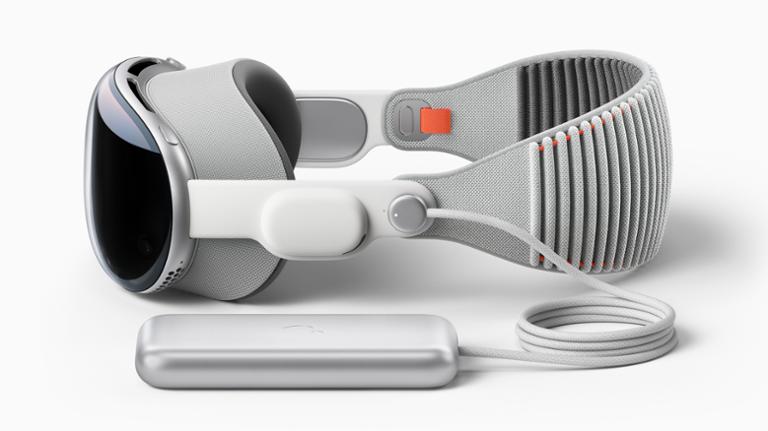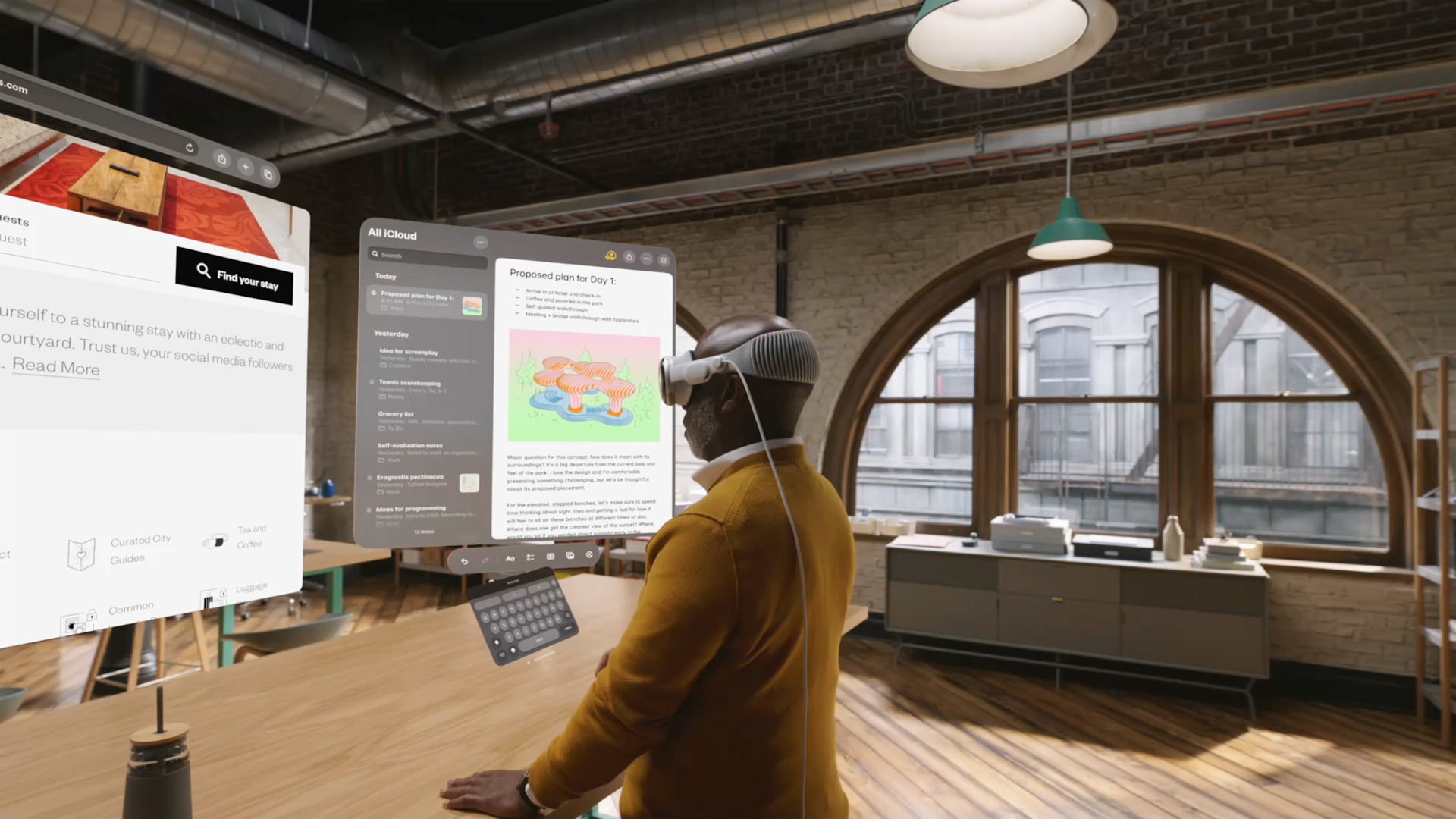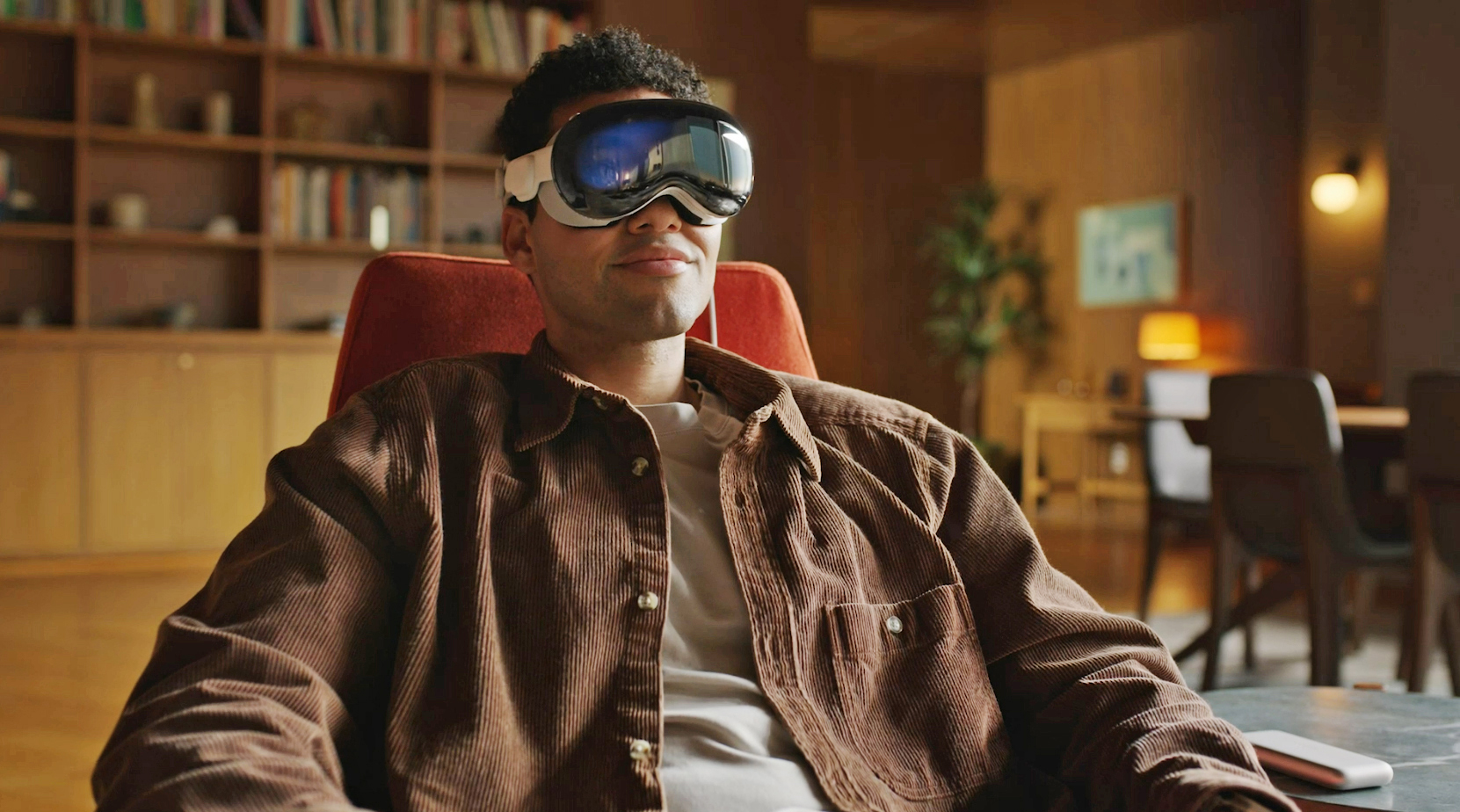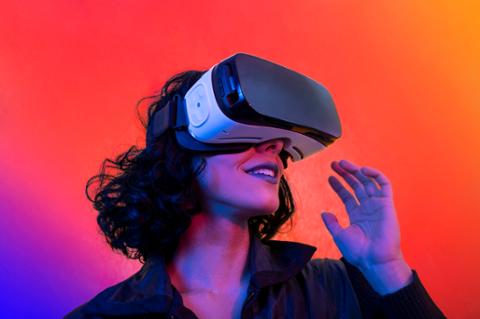Apple may roll out its Vision Pro headset in February, according to a new report. For tech pros interested in virtual and augmented reality, and who want to play in Apple’s massive sandbox, that means only a few weeks to review the particulars of the platform.
Bloomberg’s Mark Gurman, citing unnamed people with “knowledge of the matter,” said that “full speed” production of the headset has been underway for a number of weeks at Chinese production facilities. The Vision Pro will retail for $3,500 and bridge the gap between augmented reality (in which digital images are superimposed on the user’s vision) and virtual reality (which immerses the user in a digital environment); by spinning a physical dial, Vision Pro users can adjust the opacity of their virtual surroundings, allowing them to see more of the real world around them.
Apple’s VR Ecosystem
Interested in Apple’s take on augmented and virtual reality? Study the following:
- ARKit, Apple’s augmented-reality toolkit.
- Unity’s developer tools, a standard platform for game and immersive app development.
- Xcode, Apple’s app-building toolkit.
- Reality Composer Pro, Apple’s tool for building, modeling, and iterating 3D content for visionOS apps.
- SwiftUI, a key Apple development framework.
And here are some of the key building blocks of Vision Pro apps:
- Windows: As the name implies, these are interactive windows floating in space. Developers can build these “windows” for their Vision Pro apps via SwiftUI and integrate 3D elements.
- Spaces: The Vision Pro features “Shared Space,” where apps/windows float side-by-side, as well as “Full Space,” in which one app dominates the user’s view. Think of it like a desktop screen with windows for individual apps (and the option to expand an app to full-screen view).
- Volume: Volumes are scenes “that can showcase 3D content using RealityKit or Unity, creating experiences that are viewable from any angle in the Shared Space or an app’s Full Space,” according to Apple. It relies on SwiftUI.
As you learn more about Vision Pro, you can refer to the following:
Can Apple dominate the augmented and virtual reality space in the same way it did smartphones? Time will tell (especially at that sky-high price point). But if you’re curious about building apps for this tech, you can’t afford to ignore what Apple is doing.



